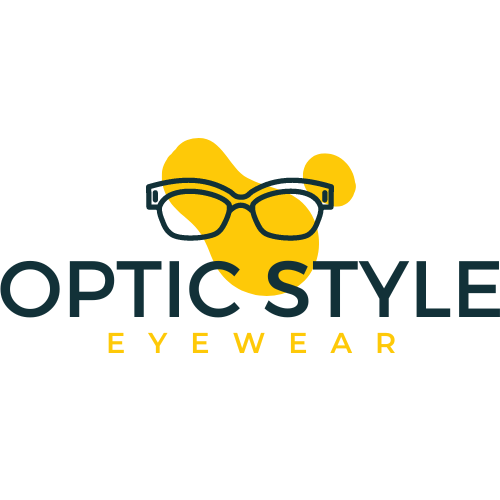The Psychology of Color in Eyewear Choice
When it comes to choosing eyewear, many factors come into play – personal style, face shape, and prescription needs, to name a few. However, one aspect that is often overlooked but just as important, if not more, is the psychology of color. The color of eyewear we choose can have a significant impact on our mood, personality, and even how others perceive us.
The psychology of color is a fascinating field that studies how different colors can affect human behavior and emotions. These effects can be subtle or profound, and understanding them can help us make more conscious choices that align with our desired outcomes.
Let’s delve into the psychology of different colors commonly found in eyewear and their implications:
1. Black: Black is a classic and timeless color that exudes sophistication, elegance, and authority. Choosing black frames suggests a desire for a polished and professional look. It is a color often associated with authority figures and is ideal for individuals seeking to present themselves as confident and powerful.
2. White: White frames offer a clean and fresh appearance and convey a sense of purity and simplicity. This color can be an excellent choice for individuals who value minimalism and a modern aesthetic. White is also associated with cleanliness, making it ideal for those in healthcare or other professions where hygiene is paramount.
3. Blue: Blue is known for its calming and soothing qualities, making it an excellent choice for eyewear. Blue frames can help reduce stress and anxiety, making them ideal for individuals who spend long hours in front of screens. Additionally, blue is often associated with trust, making it an excellent color for professional settings.
4. Red: Red is a vibrant and attention-grabbing color associated with power, passion, and energy. Choosing red frames can help individuals project confidence and strength. However, due to its boldness, red might not be suitable for every situation. It is best used sparingly or as an accent color for those who want to make a memorable and impactful impression.
5. Green: Green is a color associated with nature, growth, and harmony. It is known to promote relaxation and balance, making it an excellent choice for individuals who often find themselves in stressful situations. Green frames can add a fresh touch to one’s appearance and evoke feelings of serenity.
6. Yellow: Yellow is a cheerful and optimistic color that radiates positivity and warmth. It can brighten up one’s face and mood, making it an excellent choice for individuals who want to project a friendly and approachable image. However, yellow frames can be overwhelming in large doses and might be better suited as an accent color.
7. Purple: Purple is often associated with creativity, imagination, and luxury. Choosing purple frames can help individuals express their artistic side and highlight their unique personality. Purple is also the color of royalty, and wearing purple frames can make one feel regal and sophisticated.
It is worth noting that individual interpretations of colors can vary and are influenced by personal experiences and cultural backgrounds. Therefore, it is essential to consider the broader context when choosing eyewear colors that best represent your intended image.
In conclusion, the psychology of color plays a crucial role in our eyewear choices. By understanding the psychological associations and implications of different colors, we can select frames that align with our desired moods, personalities, and the impressions we want to make on others. So, the next time you find yourself browsing the eyewear section, take a moment to consider the psychological impact of color and choose frames that truly represent you.
